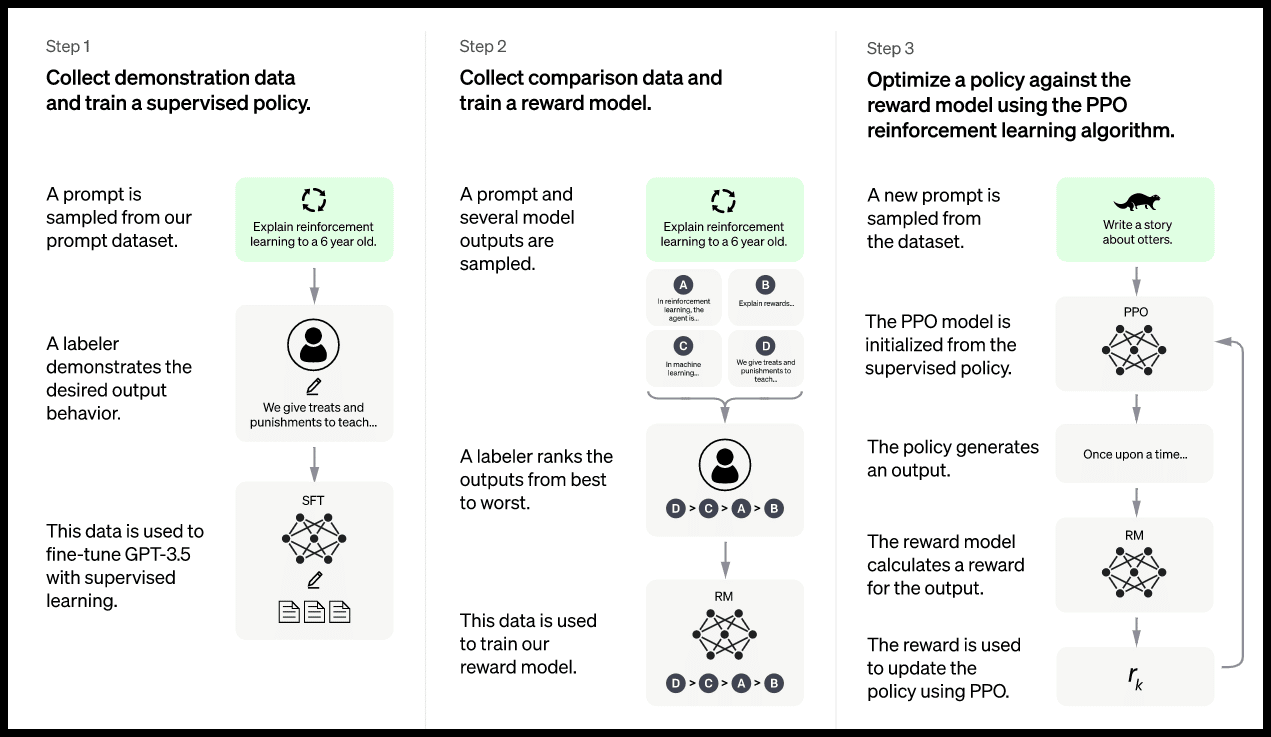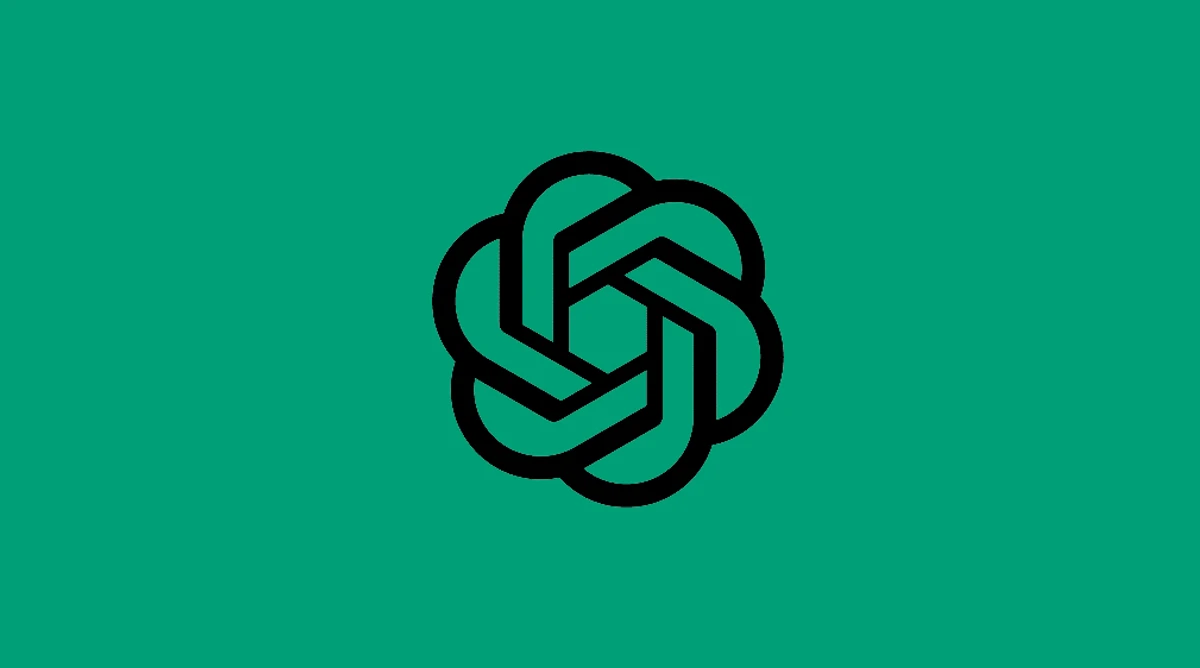Customizing ChatGPT for Unique Business Needs: A Comprehensive Guide

ChatGPT, a large language model developed by OpenAI, has emerged as a powerful tool for automating tasks and enhancing communication in a wide range of industries. However, to fully leverage its potential, businesses need to customize ChatGPT to align with their specific requirements. This guide provides a detailed step-by-step process for tailoring ChatGPT to your unique needs, enabling you to drive innovation, streamline operations, and enhance customer experiences.

Prerequisites:

- Create an OpenAI account and access ChatGPT.
- Prepare business-specific data, such as industry-specific vocabulary, product information, and customer FAQs.
Step 1: Define Business Goals and Use Cases
Begin by clearly defining your business objectives and identifying the specific areas where ChatGPT can add value. Consider automating customer service interactions, generating marketing content, or extracting insights from customer feedback.
Step 2: Train the Model with Custom Data
Upload relevant business data to train ChatGPT specifically for your industry and use cases. This training process involves feeding ChatGPT significant amounts of text or code, helping it understand your unique context and language patterns.
Step 3: Refine Prompts and Fine-tune Responses
Write effective prompts that guide ChatGPT’s responses and trigger the desired outputs. Fine-tune the model’s responses by providing feedback on the accuracy, tone, and style of its outputs.
Step 4: Integrate ChatGPT into Existing Systems
Integrate ChatGPT with your business applications and workflows using APIs or plugins. This allows the model to interact with other systems, such as customer relationship management (CRM), e-commerce platforms, or content management systems.
Step 5: Monitor and Evaluate Performance
Monitor and evaluate ChatGPT’s performance regularly to assess its effectiveness and identify areas for improvement. Collect feedback from users and analyze metrics such as response time and accuracy to make necessary adjustments.
Examples of Business-Specific Customizations:
- e-commerce: Train ChatGPT to generate product descriptions, answer customer queries, and recommend personalized products based on past purchases and browsing history.
- Customer Service: Train ChatGPT to handle common customer questions, provide technical support, and generate automated support tickets to alleviate call center workload.
- Content Marketing: Train ChatGPT to write blog posts, social media captions, and marketing emails tailored to the specific tone and style of the brand, while ensuring SEO optimization.
By customizing ChatGPT to meet your unique business needs, you can unlock its full potential to transform your operations, enhance the customer experience, and drive innovation in your industry.

